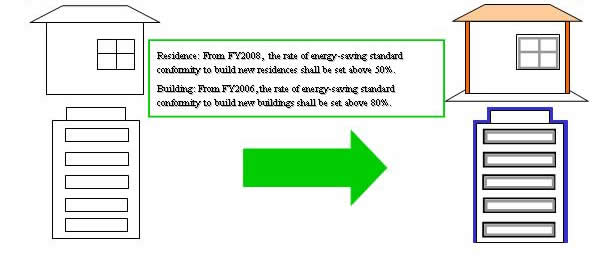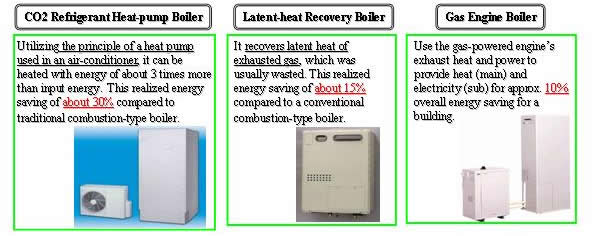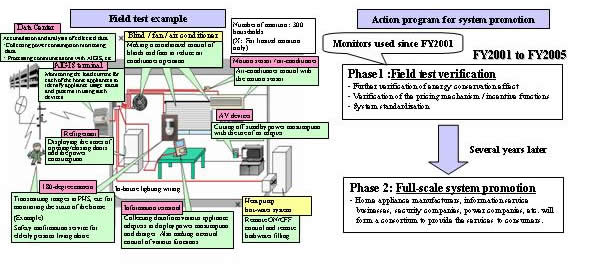II-2. Energy Conservation Measures for the Commercial/Residential Sector
Reduction in Standby Power Consumption
Reduction in Standby Power Consumption
- Standby power consumption in the household sector accounts for about 10% of its total power consumption.
- The home appliance industry has introduced a voluntary program for reducing standby power consumption.
- In regards to products that essentially require standby power, the relevant industries shall work toward the goal up to 1W standby power by the end of FY2003 (by the end of freezing year 2004 for an air-conditioner).
- In regards to major home electrical appliances except for the above-mentioned products, the relevant industries shall also work toward the goal as close to zero watt as possible in standby power of the products' bodies by the end of FY2003.
Achieved by around 75% models by May 2003


